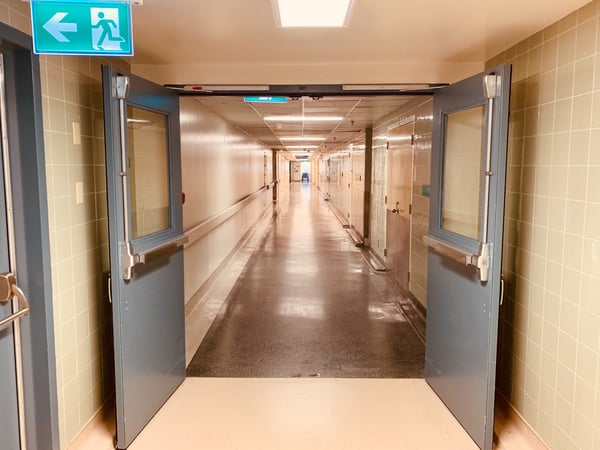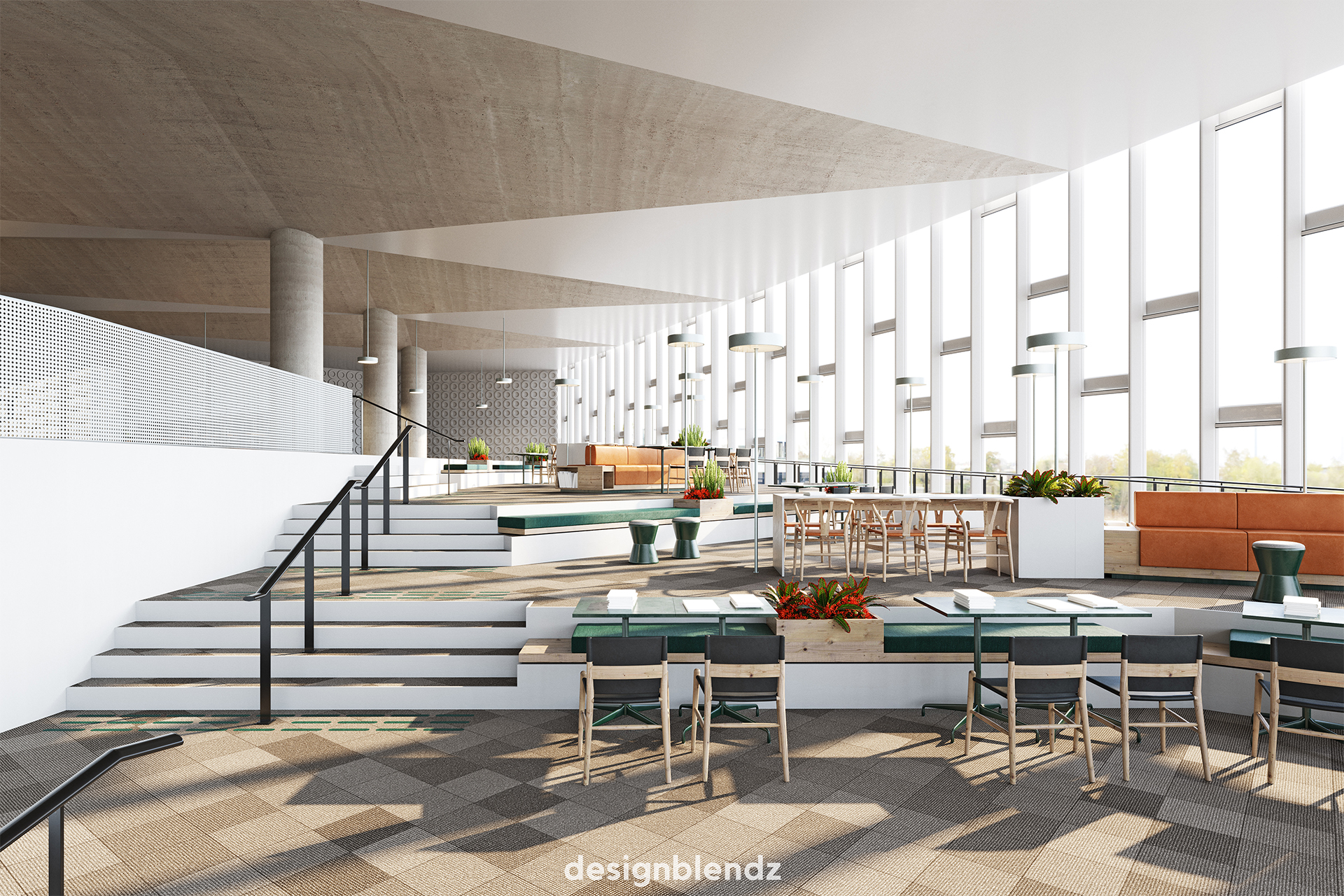No matter where we may be, our mental health is affected by the architecture that surrounds us. For instance, most people will be more productive in a bright, communal, relaxed environment as opposed to a dark, solemn, anxiety-inducing one. In a study conducted by Conellan et al. (2013), it was determined that design choices such as light, noise, communal spaces, and art spaces have an effect on mental health. Designing our work and living spaces around our comfort and mental wellness is becoming increasingly important over time. In her article How Architecture Can Help Address America’s Mental-Health-Care Crisis, Katie Okamoto states that one in five Americans experiences some form of mental disorder, however less than half of these affected people receive any form of treatment. Since the pandemic, mental health has increasingly become one of the largest issues affecting people’s lives. Professionals in all industries must be doing their best to contribute positive change in ordinary things, and that especially includes architects.

Architects have seen positive results come from their mental-health-conscious designs; this is a technique that is widely used when designing mental health facilities. One of the first Americans to consider the idea of using architecture and design to create a healing environment was Dr. Thomas Story Kirkbride (Osborn, 2009). The European philosophy of ‘treatment moral’ influenced Dr. Kirkbride; this was the idea that people would go into a hospital ‘insane’ and leave cured by the effects of their surrounding environment. In his asylum design, the Kirkbride Model, he incorporated lots of light, communal spaces, and security; which have all been supported by recent data as design choices that have a large impact on mental health (Connellan et al., 2013).
It is no secret that our brain is the most important part of our body. In recent decades, architects have been rethinking other places where humans spend their time, such as the workplace. We are starting to see more offices that encourage social interaction, movement, and a more relaxed environment overall. Not only do we have proof that design can have a positive impact on our mental health, but it has also been proven that poor design evokes negative reactions like anxiety, raised blood pressure, and increased risk of infections (Ulrich, 2001). Because mental health is a direct link to physical health, all environments that we spend long periods of time in would benefit from thoughtful design. As individuals, we have to do ourselves a favor and make sure to keep our living spaces full of the design choices that affect mental health in a positive way: safety and security, an abundance of light, bringing aspects of the outside inside, and controlled temperature.
In her article, Katie Okamoto informs that mental health issues have cost America more in GDP than the first five leading ailments combined, including cancer and cardiovascular disease. With mental health issues gaining prominence over time, it has begun to get the amount of attention that it deserves and have seen steps toward a solution. Good architecture comes from those who understand the purpose of the structure they are designing as well as the people who will inhabit it, and make sure to take their feelings and emotions into consideration. And a good architect knows that something like an office is not just a place of work, but an environment that hosts friendships, struggles, and achievements.
If you are looking for a firm to help design your new space, consider finding one that has a team full of detail-oriented people who will keep things like your mental health in mind, like Designblendz. Take a look at our architecture and visualization portfolios, visit our Instagram for client testimonials and FAQs, and if you feel we are the right fit- reach out to us to work together!

Sources:
Chappe, Alyssa, "The Effect of Architecture and Design on Mental Health and Implications for Open Art Studios" (2021). Expressive Therapies Capstone Theses. 511.
https://digitalcommons.lesley.edu/expressive_theses/511
Macabanti, Vimaluz Amairah, "Architecture's role in mental health". Re-thinking The Future. Retrieved from: https://www.re-thinkingthefuture.com/architectural-community/a3674-architectures-role-in-mental-health/
Accessed 13 March 2022. Okamoto, Katie, "How Architecture Can Help Address America's Mental-Health-Care Crisis?". Metropolis, https://metropolismag.com/viewpoints/behavioral-healthcare-cannon-design/. Accessed 13 March 2022.




